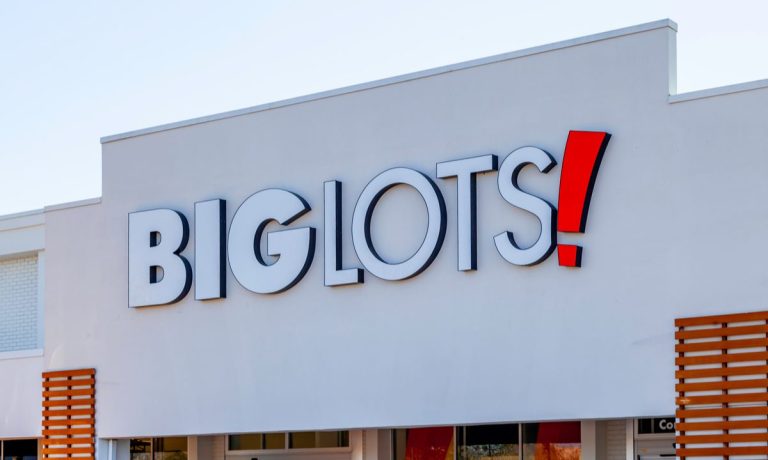Discount Retail Struggles as Paycheck-to-Paycheck Shoppers Cut Back

Discount retailers are closing shop as financially constrained consumers pull back their spending, with Big Lots the latest to take a hit.
The discount chain is closing stores by the dozens. Per a recent filing with the Securities and Exchange Commission highlighted by the New York Post, the retailer expects to open three new stores and shutter 35 to 40 of its roughly 1,400 stores this year, following 52 closures last year.
“In 2024, the U.S. economy has continued to face macroeconomic challenges including elevated inflation, which has adversely impacted the buying power of our customers,” the filing stated.
Financially constrained consumers are cutting back on nice-to-have items. The “Why One-Third of High Earners Live Paycheck to Paycheck” edition of the PYMNTS Intelligence series “New Reality Check: The Paycheck-to-Paycheck Report” found that 69% of those who earn less than $50,000 annually and 66% of those who earn $50,000 to $100,000 annually said they cut down on nonessential spending due to retail product price increases.
Plus, PYMNTS Intelligence research from last year found that 42% of consumers who live paycheck to paycheck with issues paying bills do not even occasionally buy nice-to-have retail items and 41% do not buy any nonessential groceries.
These cutbacks come as consumers face mounting financial pressures, with many budget-constrained shoppers facing major unexpected costs. The “Emergency Expenses Break the Bank for Paycheck-to-Paycheck Consumers” edition of the New Reality Check report revealed, for instance, that roughly 1 in 4 consumers living paycheck to paycheck with issues getting by faced unexpectedly high bills in the previous three months. Plus, 18% experienced unexpected healthcare-related expenses.
Moreover, a growing share of consumers finds themselves without a financial safety net. PYMNTS Intelligence findings showed that nearly two-thirds of the U.S. population lives paycheck to paycheck, the highest share in two years.
Big Lots is not the only discount retail chain closing stores as this target demographic exhibits belt-tightening behaviors. Earlier this month, Northeastern U.S. discount chain Bob’s Stores announced that as part of its bankruptcy proceedings, it is closing all 21 of its stores after nearly 70 years in business.
“We regret that our financial position necessitated the liquidation of Bob’s Stores,” President Dave Barton said in a statement. “Bob’s has been a stalwart of our local communities for nearly 70 years, and we know our customers remember us as having been there for major moments in their lives.”
In the spring, 99 Cents Only declared bankruptcy and announced plans to close all of its 371 locations in the southwestern part of the country. Plus, earlier this year, Dollar Tree shared plans to close nearly 1,000 Family Dollar stores: 600 in the first half of the fiscal year and another 370 once their leases expire.
As paycheck-to-paycheck consumers continue to grapple with rising costs and economic uncertainties, the landscape for discount retailers is becoming increasingly challenging. The closure of stores by chains like Big Lots, Bob’s Stores, and 99 Cents Only underscores the broader financial pressures facing both consumers and retailers.
For all PYMNTS retail coverage, subscribe to the daily Retail Newsletter.